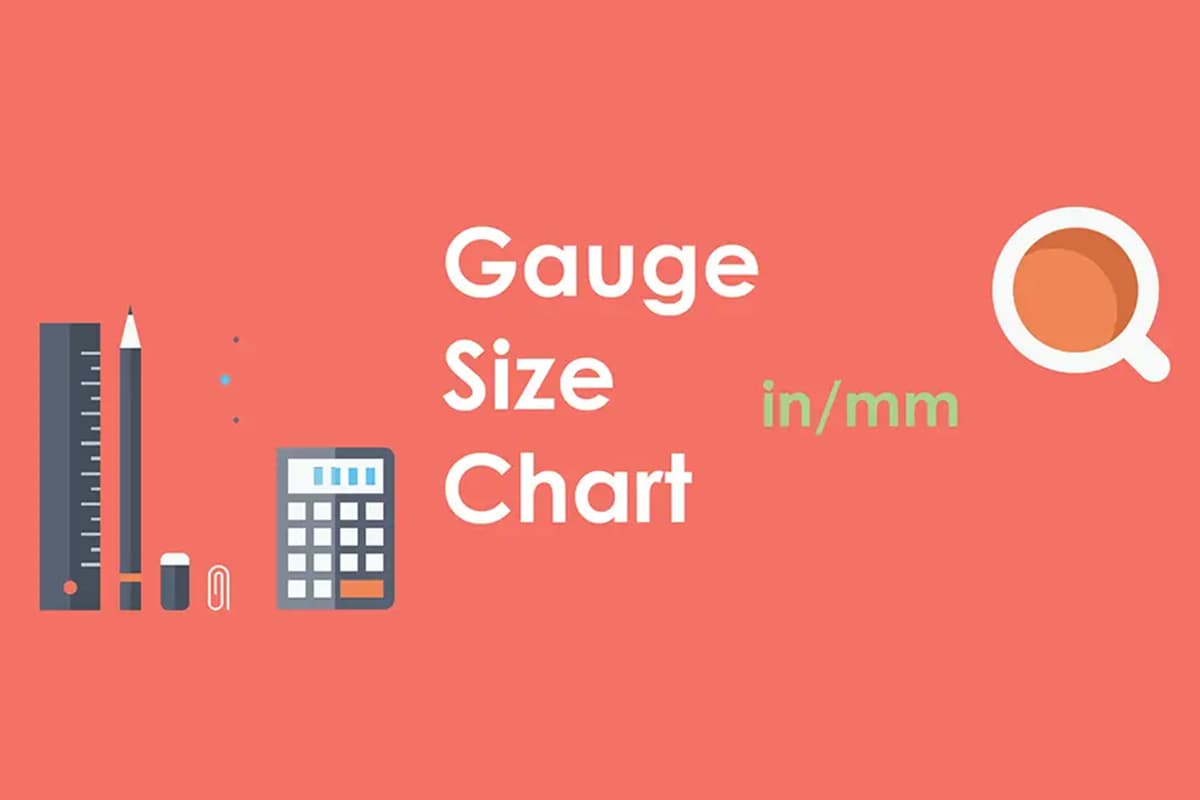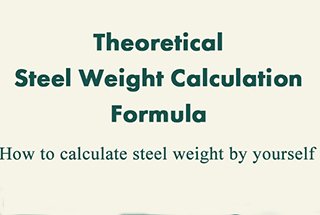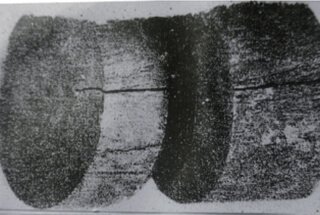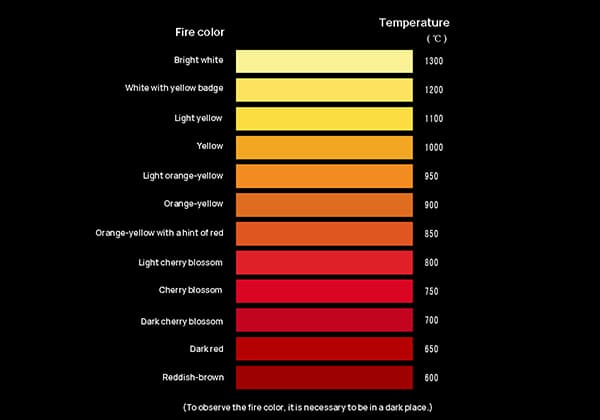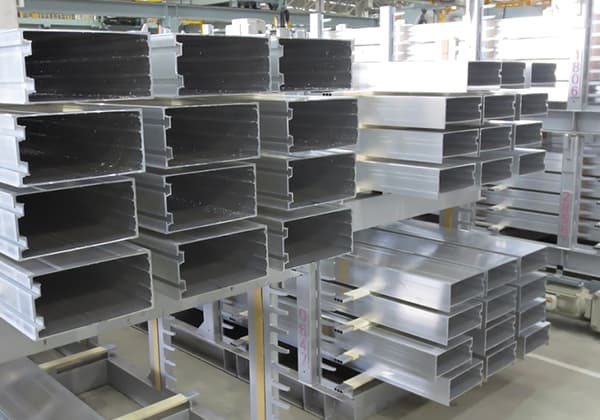
Ever wondered why precision matters in metalworking? Thickness tolerance in cold-rolled steel plates is a critical factor. This article outlines the national standards for thickness tolerance, ensuring that each plate meets stringent accuracy requirements. By understanding these guidelines, you’ll learn how to select the right steel plate for your needs, ensuring both quality and performance. Dive in to discover how these standards affect your projects and ensure you make informed decisions when purchasing steel plates.
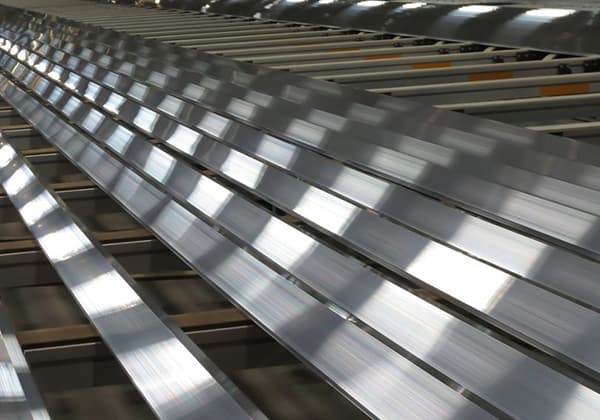
The thickness tolerance of cold-rolled stainless steel plates must adhere to corresponding standards. It is advisable to acquire cold-rolled steel plates with varied thickness tolerances according to your needs.
In this article, the thickness tolerance of cold-rolled steel plates is specified based on the national standards GBT24,511-2017 and GBT3280-2015, which detail the minimum acceptable thickness of the steel plate according to the PTA standard for thickness accuracy.
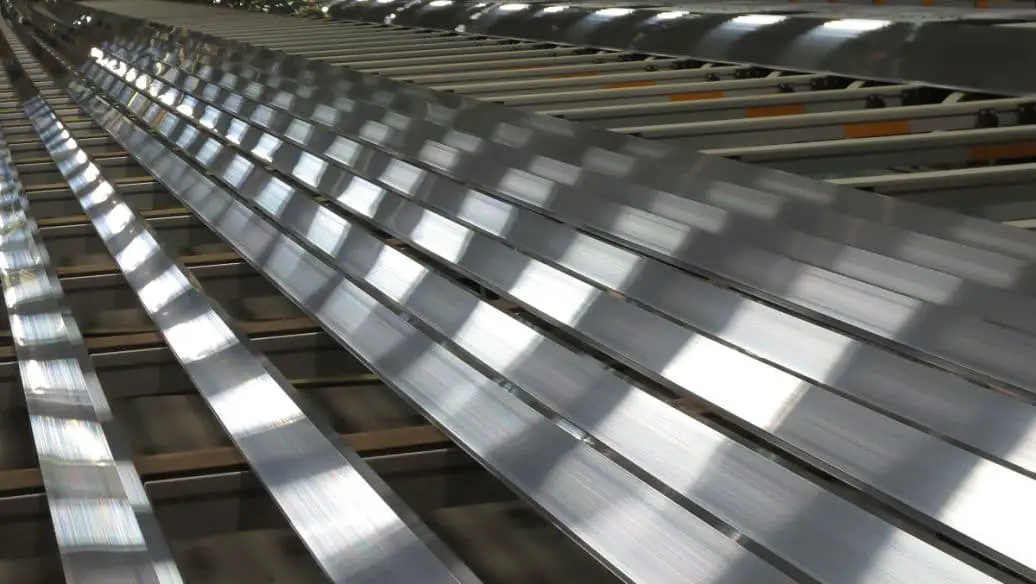
The thickness of cold-rolled steel plates usually ranges from less than 6mm, with popular thicknesses of 1.0, 1.2, 1.5, 2.0, 2.5, 3.0, 4.0, 5.0, and 6.0mm.
Cold-rolled steel plates with different thicknesses and finishes have varying thickness tolerance requirements.
According to the general thickness accuracy standard GB/T3280-2015 for Cold Rolled Stainless Steel Plates and Strips, the actual thickness of 304 cold-rolled steel plates with a thickness of 1mm and a width of 1219mm must be no less than 0.9mm.
The following table lists the thickness tolerance requirements of common cold-rolled steel plates based on the GB/T3280-2015 national standard and common thickness accuracy standards:
Table 1 Thickness Tolerance of Cold Rolled Steel Plate
According to GB/T3280-2015 Cold Rolled Stainless Steel Plate and Strip, PT. A (i.e. ordinary thickness accuracy)
| Theoretical thickness | Width case | ||
|---|---|---|---|
| 1000 or 1219 ② | 1500 | 2000 | |
| 0.5① | ≥0.45③ | ≥0.42 | – |
| 0.8 | ≥0.71 | ≥0.7 | – |
| 1 | ≥0.9 | ≥0.88 | – |
| 1.2 | ≥1.1 | ≥1.08 | ≥1.08 |
| 1.5 | ≥1.38 | ≥1.35 | ≥1.35 |
| 2 | ≥1.83 | ≥1.8 | ≥1.8 |
| 2.5 | ≥2.28 | ≥2.25 | ≥2.25 |
| 3 | ≥2.78 | ≥2.75 | ≥2.75 |
| 4 | ≥3.65 | ≥3.6 | ≥3.6 |
| 5 | ≥4.6 | ≥4.55 | ≥4.55 |
| 6 | ≥5.6 | ≥5.55 | ≥5.55 |
Note:
For example, ≥ 0.45 means that the actual thickness of the steel plate marked as 0.5mm must be greater than or equal to 0.45mm.
The following table lists the thickness tolerance requirements of common cold-rolled steel plates based on the GB/T24511-2017 national standard and common thickness accuracy standards:
Table 2 Thickness Tolerance of Cold Rolled Steel Plate
According to GB/T24511-2017 Stainless and Heat Resisting Steel Plates and Strips for Pressure Equipment (PT. A)
| Theoretical thickness | Width case | ||
|---|---|---|---|
| 1000② | 1219 | 1500 or 2000 | |
| 1.5① | ≥1.42③ | ≥1.41 | ≥1.4 |
| 2 | ≥1.92 | ≥1.91 | ≥1.9 |
| 2.5 | ≥2.41 | ≥2.4 | ≥2.39 |
| 3 | ≥2.89 | ≥2.88 | ≥2.88 |
| 4 | ≥3.87 | ≥3.86mm | ≥3.86 |
| 5 | ≥4.86 | ≥4.85 | ≥4.85 |
| 6 | ≥5.85 | ≥5.84 | ≥5.84 |
| 8 | ≥7.84 | ≥7.83 | ≥7.83 |
Notes:
For example, 1.42 means that the actual thickness of the steel plate marked as 1.5mm must be greater than or equal to 1.42mm.
The thickness tolerance of cold-rolled stainless steel plates has set standards to follow. It is advisable to choose and purchase cold-rolled steel plates with varying thickness tolerances as necessary.

